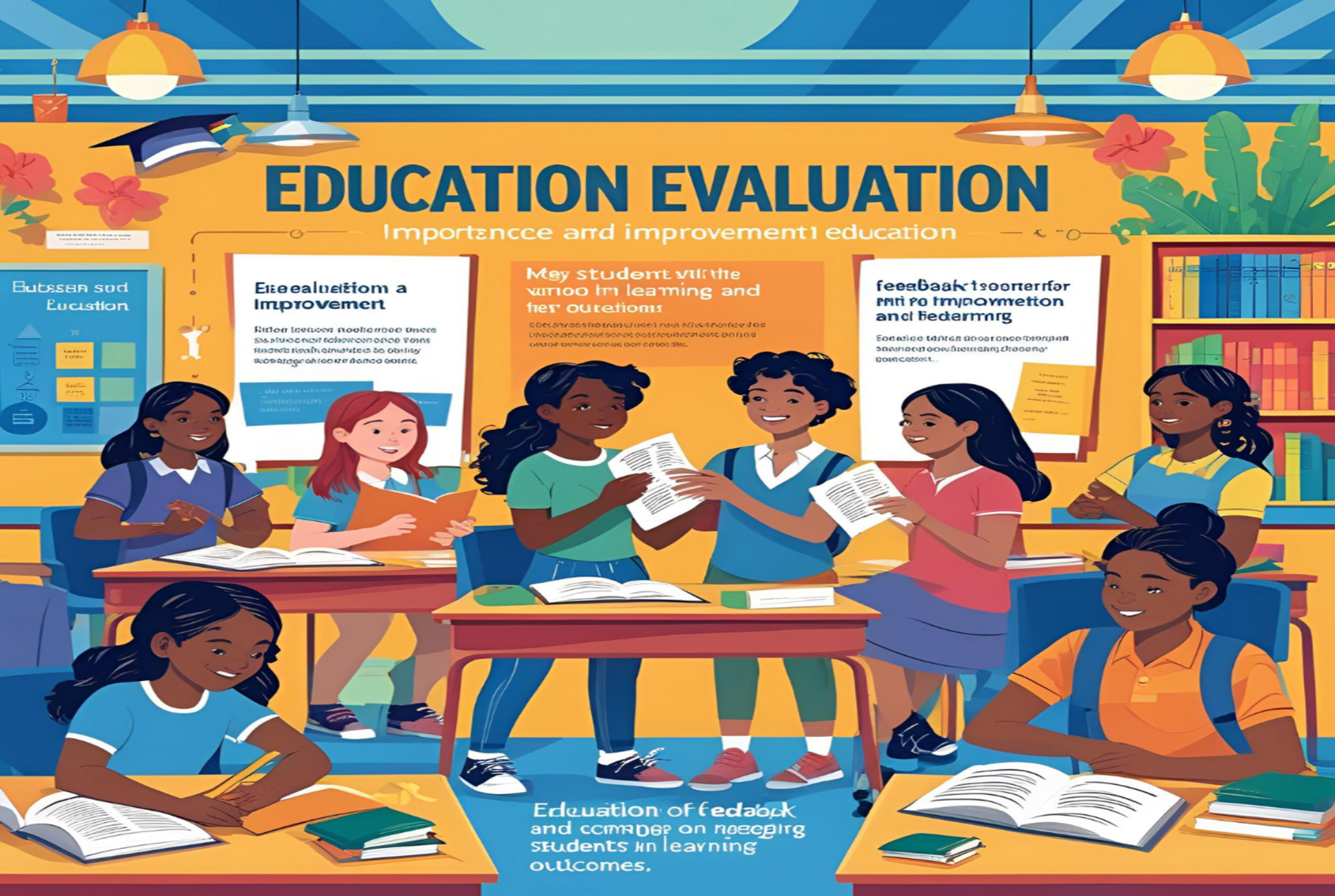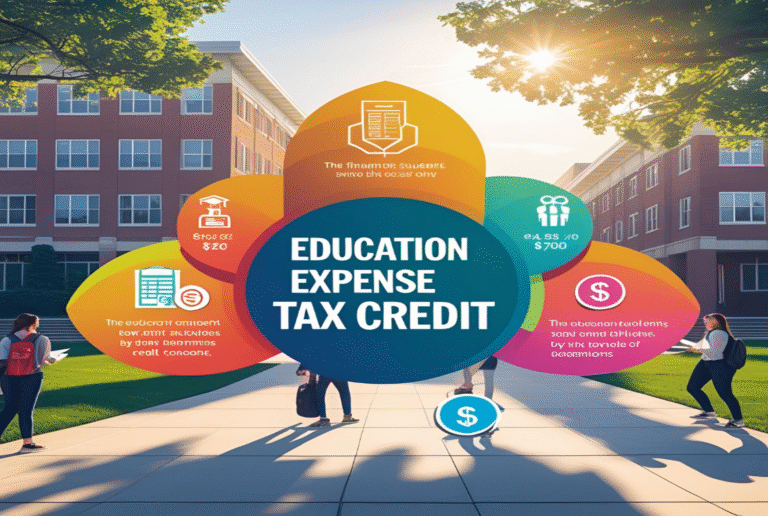Education Evaluation
Education Evaluation: Measuring Learning, Shaping Futures
Introduction
Education Evaluation In an era where education is central to economic mobility, innovation, and societal development, how we measure its effectiveness is more important than ever. From standardized testing to teacher appraisals, and from student self-assessments to institutional audits, education evaluation is a multifaceted process that influences curriculum design, funding allocation, and policy decisions across the globe.
But education evaluation is more than a bureaucratic formality. Done right, it reveals what works, what doesn’t, and how to improve learning for all. Done poorly, it can reinforce inequities, demoralize teachers, and distort the purpose of learning. This article explores the philosophy, methods, challenges, and future of evaluating education—an essential but often misunderstood pillar of modern learning systems.
What Is Education Evaluation?
Education evaluation refers to the systematic assessment of teaching methods, learning outcomes, educational programs, policies, and institutions. Its purpose is to determine their effectiveness, efficiency, and impact on learners and society.
There are several layers to educational evaluation:
- Student Assessment: Measuring individual learning outcomes.
- Program Evaluation: Analyzing the effectiveness of curricula or educational interventions.
- Teacher Evaluation: Assessing teacher performance and development needs.
- Institutional Evaluation: Judging the overall performance of a school, college, or educational system.
Evaluation is not only about identifying flaws. It is a tool for continuous improvement, guiding stakeholders—students, teachers, administrators, and policymakers—toward better practices and more equitable outcomes.
Historical Context of Education Evaluation
The origins of education evaluation date back centuries, but the modern push toward standardized assessment began in the early 20th century with the advent of IQ tests and public school ranking systems. By the mid-1900s, countries like the United States began implementing large-scale standardized testing to monitor educational outcomes across schools and districts.
Internationally, organizations such as the OECD and UNESCO introduced global benchmarks like PISA (Programme for International Student Assessment) to evaluate and compare the education systems of different countries.
Over time, education evaluation has shifted from solely measuring outputs (test scores) to understanding inputs (resources), processes (teaching practices), and impacts (life outcomes). This evolution reflects a growing awareness that learning is complex, contextual, and deeply human.
The Purposes of Education Evaluation
Why evaluate education? Different stakeholders have different goals:
- Students want feedback to understand their progress and improve performance.
- Teachers use evaluation to refine their methods and address learning gaps.
- Schools need evaluation to manage resources, optimize programs, and demonstrate accountability.
- Governments rely on evaluation to shape policy, allocate funds, and monitor national performance.
- Communities seek assurance that education prepares youth for citizenship, careers, and life.
In essence, education evaluation serves as both a mirror and a compass—reflecting current realities and pointing toward future directions.
Types of Educational Evaluation
1. Formative Evaluation
Conducted during the learning process, formative evaluation helps guide teaching and improve learning in real-time. It includes:
- Quizzes
- Class discussions
- Observations
- Peer reviews
- Draft submissions
Purpose: To provide feedback, not grades. It encourages reflection, experimentation, and adaptive teaching.
2. Summative Evaluation
This occurs at the end of a unit, course, or program to determine whether learning objectives were met. Common examples include:
- Final exams
- Standardized tests
- Graduation assessments
Purpose: To certify achievement, assign grades, or qualify for progression.
3. Diagnostic Evaluation
Used at the beginning of a course or program to identify students’ existing knowledge, skills, or learning challenges.
Purpose: To tailor instruction to meet learners where they are.
4. Norm-Referenced vs. Criterion-Referenced Evaluation
- Norm-referenced compares a learner’s performance to others (e.g., percentile ranks).
- Criterion-referenced compares performance against a fixed set of standards or learning goals.
Each approach offers different insights and is useful in different contexts.
Tools and Methods of Evaluation
The tools used in educational evaluation range from traditional to innovative:
- Tests and Exams: Still the most common tool, particularly for summative assessment.
- Rubrics: Standardized scoring guides that provide transparency and objectivity.
- Portfolios: Collections of student work that showcase learning over time.
- Surveys and Questionnaires: Gather perceptions from students, parents, and staff.
- Observations: Evaluators watch classroom interactions, instructional strategies, and student engagement.
- Interviews and Focus Groups: In-depth feedback from stakeholders.
- Analytics and Learning Management Systems (LMS): Real-time data on attendance, participation, and performance trends.
New technologies like AI-powered grading tools, gamified assessments, and adaptive learning platforms are transforming how educators measure and respond to learning needs.
Evaluating Teachers and Teaching
Teacher evaluation is critical but contentious. It often includes:
- Classroom observations
- Student test scores (value-added models)
- Self-evaluations
- Peer reviews
- Student feedback
Effective teacher evaluation should be developmental, not punitive. It should support professional growth through constructive feedback, mentoring, and targeted training.
Over-reliance on test scores can misrepresent a teacher’s impact, especially in under-resourced schools. A holistic approach—recognizing creativity, adaptability, and emotional intelligence—is more meaningful.
Evaluating Educational Programs and Policies
Program evaluation assesses the success of initiatives like literacy drives, new curricula, or online learning platforms. Methods include:
- Needs assessment
- Implementation analysis
- Outcome evaluation
- Cost-benefit analysis
Policy evaluation looks at systemic changes like funding reforms, equity initiatives, or standardized testing mandates.
Key question: Are these programs or policies improving learning for all students, especially those historically underserved?
Global Education Evaluation: International Benchmarks
Organizations like UNESCO, World Bank, and OECD conduct large-scale evaluations of global education. Major initiatives include:
- PISA: Tests 15-year-olds in reading, math, and science every three years.
- TIMSS and PIRLS: Measure math, science, and literacy at younger grades.
- SDG 4 (Sustainable Development Goal): Evaluates progress on ensuring inclusive and equitable quality education.
Such benchmarks reveal gaps between countries, highlight best practices, and inform global funding and cooperation.
However, critics caution against using international rankings as the sole indicator of quality. Context matters—culture, language, resources, and national priorities differ widely.
Challenges in Education Evaluation
Despite its importance, education evaluation faces significant challenges:
1. Equity and Bias
Standardized testing may disadvantage students from marginalized communities, multilingual backgrounds, or those with disabilities. Cultural bias, language barriers, and socioeconomic factors must be considered in both design and interpretation.
2. Data Overload
With the rise of digital learning, educators are drowning in data—but not all of it is useful or actionable. Knowing what to measure and how to act on findings is crucial.
3. Teaching to the Test
When evaluation drives instruction, especially in high-stakes environments, teachers may narrow the curriculum to testable content—often at the expense of creativity, critical thinking, and deeper learning.
4. Subjectivity
Evaluations based on observations or student feedback can be influenced by personal bias, expectations, or relationships.
5. Resource Constraints
In many regions, especially in low-income countries, evaluations are hindered by a lack of funding, skilled personnel, and technology.
The Human Side of Evaluation
Evaluation isn’t just about data. It’s also about trust, motivation, and relationships. Effective evaluation should:
- Empower learners: Give students agency and voice in assessing their learning.
- Support teachers: Provide resources, mentorship, and recognition.
- Include stakeholders: Engage parents, communities, and employers in meaningful dialogue.
- Promote inclusivity: Reflect the diversity of learners and respect different ways of knowing.
In this sense, evaluation is as much an art as it is a science.
The Future of Education Evaluation
The landscape of education is changing rapidly, and so must its evaluation. Future trends include:
1. Personalized and Adaptive Assessment
Technology allows for real-time feedback tailored to individual learners. AI-driven tools can adjust question difficulty, recommend resources, and track progress.
2. Competency-Based Assessment
Moving beyond time-based grading (e.g., semesters) to mastery of specific skills or knowledge.
3. Holistic and Well-being Metrics
Assessing not just academic performance but emotional resilience, creativity, collaboration, and civic engagement.
4. Blended Evaluation Models
Combining qualitative and quantitative data, human judgment and analytics, short-term feedback and long-term impact studies.
5. Decolonizing Evaluation
Challenging Eurocentric models and recognizing indigenous, local, and alternative knowledge systems in evaluating learning.
Conclusion
Education evaluation, when done thoughtfully, is one of the most powerful tools for improving learning. It tells us whether we’re truly preparing students—not just for exams, but for life. It identifies gaps, amplifies strengths, and lights the path forward.
But evaluation is not a silver bullet. It must be fair, inclusive, and purpose-driven. It must value the humanity in teaching and learning. And most importantly, it must adapt to the needs of a changing world.





